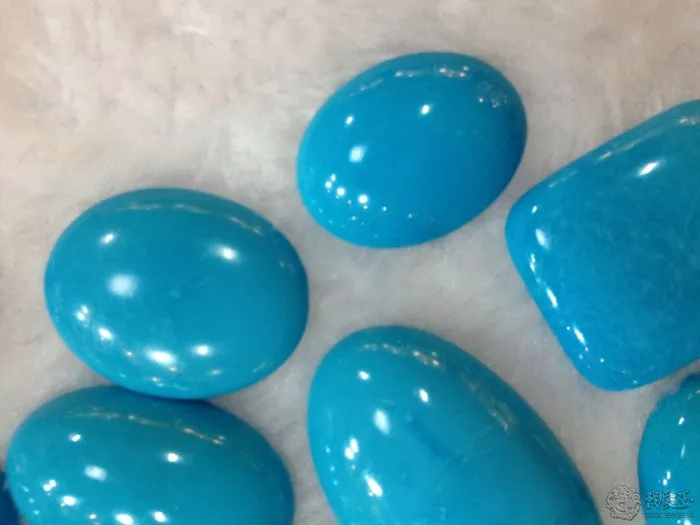Fashion’s cyclical nature often sees trends making comebacks, and the world of high jewellery is no exception. Currently, designers are delving into the allure of retro cultures, drawing inspiration from iconic eras such as the 1930s Jazz Age, the disco-filled 70s, and the vibrant 80s. This exploration of bygone styles showcases a fusion of nostalgia and innovation in the latest collections.
The spotlight on the 1980s is vividly portrayed in Boucheron’s new collection, aptly named “More is More.” Creative director Claire Choisne draws inspiration from the revolutionary Milanese design collective, The Memphis Group, active from 1980 to 1987. The collection features bold, postmodern designs reminiscent of the era, incorporating motifs such as the Rubik’s Cube, New Wave badges, and plastic hair bobbles transformed into contemporary jewellery pieces.
Meanwhile, British jeweller Stephen Webster, renowned as a rock star in the UK jewellery scene, channels the spirit of the 1980s New Romantic movement in his Thorn Embrace collection. Crafted from 18k recycled gold, the collection showcases a vibrant array of gemstones, with a particular emphasis on the pear-shape cut, adorning earrings, rings, bracelets, and chokers.
Piaget, the esteemed jeweller and watchmaker, takes a step back into the 1970s for inspiration. Embracing the extravagant elegance of that era, Piaget’s international communication and image director, Fatemeh Laleh, expresses a commitment to revitalizing the brand’s vibrant and colourful approach from the 1970s.
The timeless designs created by Elsa Peretti during the glamorous 1970s continue to captivate at Tiffany & Co. Peretti’s creations, such as the Open Bottle pendant and Diamonds by the Yard, have remained perennial bestsellers, embodying the enduring spirit of the disco era.
Going further back in time, the influence of the 1930s art deco style is evident in Chanel’s haute joaillerie collection. Coco Chanel’s Jazz Age creations from 1932 have inspired the recent “1932” collection, showcasing the enduring appeal of art deco. Cartier, synonymous with art deco, continues to draw from its gorgeously sleek shapes and modern lines from the 1920s and 30s, offering a contemporary take on the timeless style.
In a world where high jewellery meets nostalgia, designers are not afraid to embrace the past, infusing it with modernity and innovation. As Claire Choisne of Boucheron expresses, “We’re old so we’re not afraid to try new things, and it’s not that because they’re expensive pieces, they should be boring. Fashion is cool so high jewellery should be too.” This resurgence of retro influences reflects a dynamic and exciting evolution in the world of high jewellery design.


